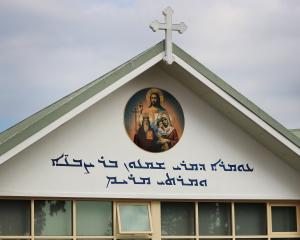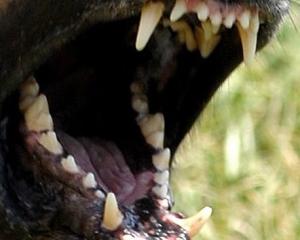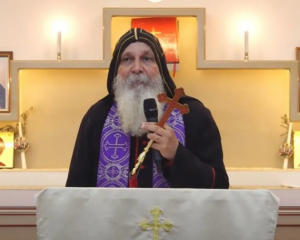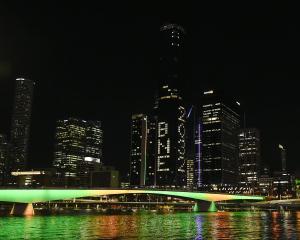
Ian McIntosh, an Australian scientist and professor of anthropology at Indiana University in the US, is planing an expedition in July to revisit the location where five 1000-year-old coins were found in the Northern Territory in 1944.
The coins could mean seafarers from distant countries landed in Australia much earlier than is believed.
In 1944, the Wessel Islands - an uninhabited group of islands off Australia's north coast - had become a strategic position to help protect the mainland.
Australian soldier Maurie Isenberg was stationed on one of the islands to man a radar station and spent his spare time fishing on the idyllic beaches. He discovered the handful of coins in the sand.
In 1979, he sent the coins to a museum to get them identified. They proved to be 1000 years old.
Still not fully realising their significance, he marked an old map with an ''X'' where he had found them. The discovery was apparently forgotten until a few months ago.
Professor McIntosh and his team of Australian and American historians, archaeologists, geomorphologists and Aboriginal rangers say the five coins date back to the 900s to 1300s.
They are African coins from the former Kilwa sultanate, now a World Heritage ruin on an island off Tanzania. Kilwa once was a flourishing trade port with links to India in the 13th century to 16th century.
The copper coins were the first coins produced in Sub-Saharan Africa and, according to Professor McIntosh, have only twice been found outside Africa: once in Oman and Mr Isenberg's find.
Archaeologists have long suspected that there may have been early maritime trading routes that linked East Africa, Arabia, India and the Spice Islands, even 1000 years ago. Or the coins could have washed ashore after a shipwreck.
When Mr Isenberg discovered the copper coins, he also found four coins that originated from the Dutch East India Company - with one dating back to 1690.
Professor McIntosh wants to answer some of these mysteries during his planned expedition to the Wessel Islands.
He will also be looking for a secret cave Aboriginal legends refer to. It is supposed to be close to the beach where Mr Isenberg found the coins and is said to be filled with doubloons and weaponry.












